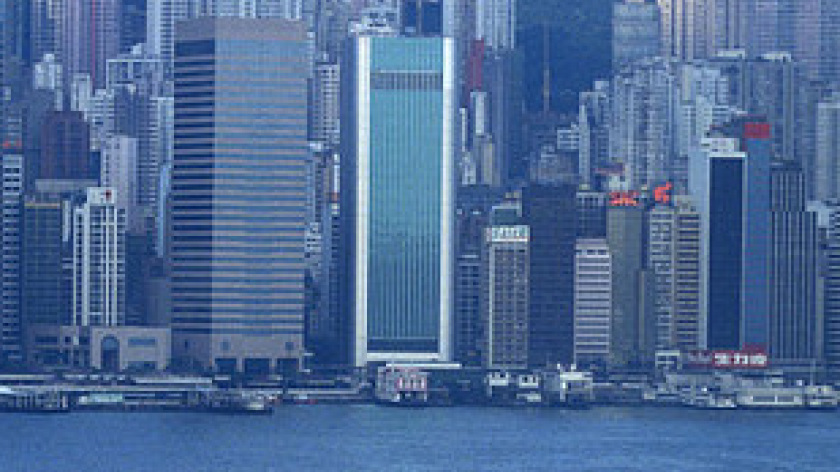
Washington D.C., December 10 - Cities consume over two-thirds of global energy supply, and are responsible for 70% of carbon dioxide (CO2) emissions. Cities are uniquely vulnerable to climate change, with fourteen of the world’s 19 largest cities located in port areas and around 360 million people residing in urban coastal areas that are less than ten meters above the sea level.
Cities have the opportunity to rethink urban design fundamentally, enhance resilience, and build in sustainability considerations. Revamped action at the local level during this pivotal moment when the urban demand for energy, housing, infrastructure, natural resources, land and other urban services is on the rise can have a significant impact at the global scale.

The GEF is committing US$100 million to Sustainable Cities program that will establish a common platform trough which cities can access and share solutions around climate mitigation and adaptation, water, energy, and transport. The common platform will help catalyze the numerous partners now working on urban issues.
The platform will unify two key elements:
- Sustainability plan. The GEF will support cities and urban areas to develop a clear, rolling plan that provides in one place, an agreed and vetted assessment of the challenges and opportunities facing the selected pilot city or urban area.
- Urban management tools. The tools, such as common metrics to quantify energy and material flows through urban metabolism assessment, are used to help cities develop and implement the sustainability plans.
GEF Experience Working on Cities
The GEF first started investing in sustainable cities projects in 1999, allocating US$25 million to the improve energy efficiency of Beijing’s district heating and $12 million to support hydrogen fuel cell buses in Sao Paulo.
Today, the GEF urban portfolio represents one of the largest sustainable cities programs in the world: 100 projects mitigate climate change in over 120 cities across 63 countries, with US$580 million committed and an additional US$7.23 billion leveraged in co-financing. These projects cover all major urban sectors such as energy, transport, water, and waste management.

A Success Story: Tianjin Eco-city
The GEF-Sino-Singapore Tianjin Eco-City project, implemented by the World Bank, is recognized as a model of eco-city in China. The project demonstrates how to turn a waste land into a socially harmonious, environmentally friendly and resource-efficient city, including the newest low-carbon urban technologies and serving as an inspiration for future Chinese cities.
The design of the city is built on three planning principles: vegetation-and-water network planning, compact land-use, and transit-oriented development. The cumulative reduction in greenhouse gas emissions in a 20-year time frame is expected to reach the equivalent of 2.3 million tonnes of CO2.
The integrated program for Sustainable Cities builds on these successes, taking a more holistic approach rather than single project-based approaches. The projected urban development needs in the coming decades present a window of opportunity for cities to manage their development sustainably, from the planning and design phase. The GEF seeks to work more directly with city governments to help their efforts in green and resilient urban planning and management, helping integrate efforts towards greater impact.